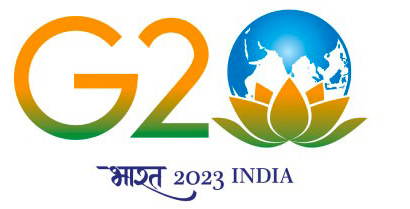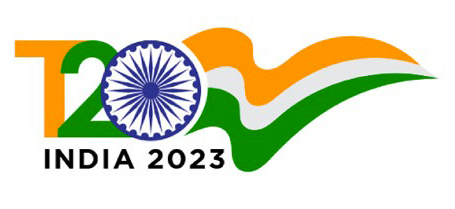Estimates of requirements of finance for development are huge, especially if climate change adaptation and mitigation are taken into account. Global finance available for this is a pittance in comparison. And of this, about 80 percent goes to advanced economies (AEs). And the minor share that comes to emerging markets and developing economies (EMDEs) is about four times more expensive.
All countries will suffer if we do not do enough and time to act is running out. So raising the quantity and lowering the cost of EMDE finance, as well as ensuring there is action, are the most urgent global public goods. AEs have put most of the carbon in the atmosphere fairness and their greater resource availability demands they contribute generously. But even the floor commitment of 1 trillion dollars annually has not materialised. Reminders have to continue, but AE governments have incurred large debts to support their populations during the pandemic, making delivery even more unlikely now. A global financial transaction tax is in the air as a way to raise resources. Perhaps finance would be willing to contribute to the rescue of the planet.
Quantity
Attention has turned to the Multilateral Development Banks (MDBs), such as the World Bank, whose mandate it is to finance development. They are doing too little given the sheer urgency and size of the problem. Ideas on how they can substantially increase financing through a combination of more efficient capital utilisation (including IMF SDRs), innovation, use of information, risk-mitigation drawing in private capital and capital increases are many. For example, a report on MDB Capital Adequacy Framework submitted to the G20 last year concluded that risk affecting capital use and raising its cost is 14 times lower if MDBs unique strengths such as preferred creditor status and callable capital are accounted for.
Implementation
Implementation has lagged. But chances for it have improved. First, considerable pressure has been built for change. There is a recognition of the urgency. That action is necessary for the MDBs to remain relevant. Otherwise, they will lose out to regional innovations, in regional and national development banks. Successful examples and case studies are circulating and can be scaled up. The Indian presidency can be effective in adding to this pressure so that action results.
Second, there is less political resistance to using resources more effectively compared to raising more resources, so the G20 agreement on using capital efficiently is more likely. It is at least a small step towards meeting financial commitments.
Third, MDBs are shareholder and board-driven. If G20 reaches an agreement so will shareholder countries. Once the Board is behind the changes they will happen. Small well defined improvements on changing procedures, easing the utilisation process, improving managerial incentives and board monitoring of new targets can be pushed through in the short run.
Deeper essential changes in governance and quota shares have been pending for a very long time. The required persistence, patience and EMDE perspective can be sustained in the Brazilian and South African G20 presidencies to follow.
Fourth, technology in finance opens new possibilities. India wants to share its innovations in digital public architecture. Standards that allow large data sets to talk to each other through APIs can give information on local projects.
Even with the maximum expansion and use of capital, MDBs will only be able to provide a fraction of the estimated requirements. Therefore it is necessary to also mobilise private and philanthropic capital. Technology can improve information, develop standards and reduce risk to enable such finance. MDBs warranties can leverage their balance sheets many times. This can be mediated through regional and national development banks multiplying global reach. There is very little coordination across these institutions at present. Innovative financial instruments such as blended finance, hybrid capital, debt-equity structures, portfolio insurance, and standardised carbon markets can be encouraged. Various types of innovations have made the most progress in tackling climate change and have the most potential to deliver.
Cost
But if the cost of finance is prohibitive, it is of little use.
Standards, warranties, and coordination that improve information on EMDE projects can bring down costs. EMDEs have to improve their corporate governance, legal and accounting systems, and reduce macroeconomic risks. Many EMDEs have done this, especially after the East Asian Crisis of the nineties, but risk perceptions and rating agency grades have not improved commensurately. Some EMDEs require urgent debt restructuring. If Indian states act on electricity distribution, they attract large sums of green capital targeted to energy.
A major difference in cost is due to exchange rate risk. But much of the exchange rate volatility in EMDEs has been due to global risk-on-risk-off factors and their impact on cross-border capital flows. Source country prudential regulation can reduce volatility. Hedging is suggested as a solution but tends to be available only for limited periods and is expensive. The problem is more that there is a probability of a sharp depreciation, associated with some type of country risk, but it is only rarely observed in the data. This requires a portfolio insurance product to be designed and made easily available. The International Monetary Fund can also offer pooling and swap lines that are automatically linked to global risk-off or climate change events. Rating agencies need to be sensitised as to how these products bring down EMDE risk.
The author is Chair of T20 task force 5 on repurposing the Global Financial Architecture.
This commentary originally appeared in Economic Times.




